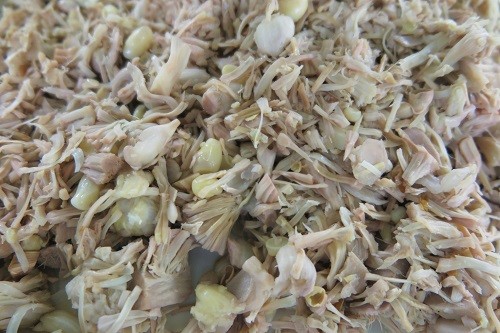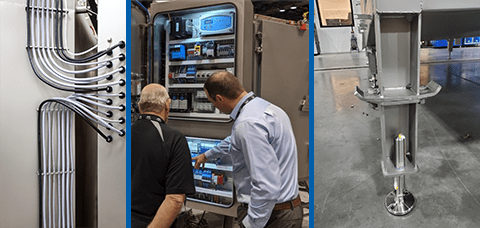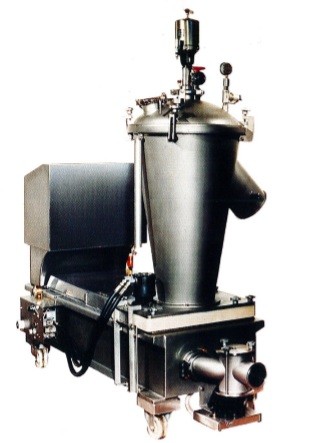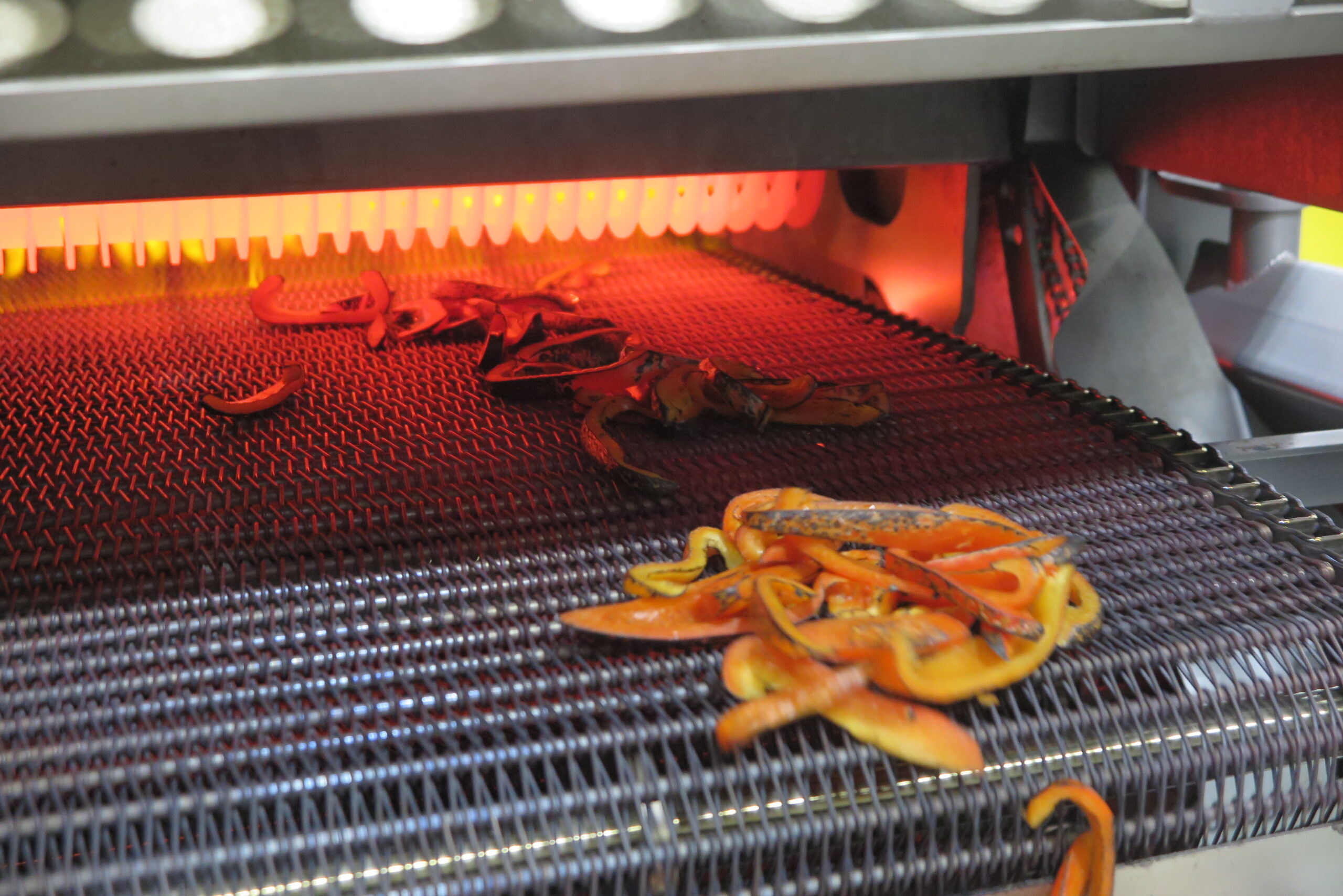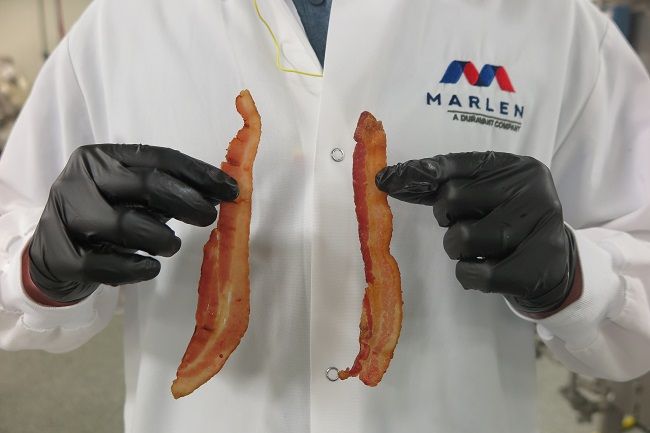
Fully cooked bacon slices (also referred to as ‘crispy bacon’) have seen significant growth in the past several years for a variety of reasons. As consumers continue to work from home, and as some return to the office, there has been an increase in demand for convenience foods, especially within the breakfast meat category. Consumers who are looking to add more protein to their diet can also add bacon to more than just their breakfasts—bacon has been heavily promoted on sandwiches, pizzas, salads, and more. For those consumers experiencing kitchen burnout, pre-cooked crispy bacon offers the convenience of no messy clean-up and the added benefit of not filling their home with the scent of bacon when oven-baking or pan-frying. Additionally, a recent report from Kearney estimates that 27% of grocery store consumers said that the environmental impact of a food item significantly influences their food purchases. This signals that food processors should aim to meet the needs of the increasingly significant group of environmentally focused consumers referred to as ‘climavores’.
Because of the thinness of the bacon slices, the short cooking time required, and the high fat and water content of the raw product, it is difficult to cook sliced bacon consistently. Precooked sliced bacon products have been predominantly produced using microwave ovens, which have significant disadvantages when compared to modern Spiral Oven cooking technology. Food processors will benefit from understanding the energy efficiency savings that are available for processes such as pre-cooking bacon slices that do not compromise the quality of a homestyle or pan-fried product.
Bacon: Spiral Cooking vs Microwave Cooking
Two ways in which food processors can quickly and reliably produce fully cooked bacon products is to use either linear microwave ovens or to use spiral oven technology. In a linear microwave system, electromagnetic waves penetrate the product as it is conveyed along a continuous conveyor belt. This continuous belt conveys the product under the electromagnetic waves until it is fully cooked. The length of belt in a linear microwave oven can take up a considerable amount of space in a product manufacturing facility—for example, it is not uncommon to see industrial lines that are 70 feet in length.
Spiral Ovens, such as the Marlen Spiral Oven, use a continuous conveyor belt that spirals upward in multiple, circular tiers within a fully-welded enclosure. This compact design maximizes the amount of bacon that can be cooked in a given footprint when compared to a linear microwave bacon cooker. To achieve a similar throughput to that of an industrial microwave system, more belt tiers can be added to the Spiral Oven, which results in a taller machine with a smaller footprint. To cook, the bacon will ascend through the belt tiers in a convection heat “roast mode” with super-heated vapor.
Spiral Cooking Bacon and Energy Savings
Due to the compact design of a Spiral Oven, cooking bacon in a spiral cook process has improved energy efficiency over cooking bacon in a linear process. Spiral Ovens consume significantly less energy than linear ovens, which means more environmentally friendly food processing of ready-to-eat bacon products. For example, at 5 cents per kWh, the cost of fully cooking 10,000 pounds of raw product would be roughly $14.75 per hour.
While saving on energy and labor costs, Spiral Ovens also have a product quality advantage in comparison to microwave ovens. As bacon products cycle upward through the belt tiers of the Spiral Oven, fat is rendered from the ascending meat onto the product below. This bastes the bacon in its own juices, giving the bacon the taste and crispy appearance of a pan-fried product. In addition, these partially recaptured juices improve overall product texture and produce wavy, natural-looking slices.
By comparison, a linear microwave oven will produce bacon with a tougher texture, different mouth feel, and duller color, due to the pronounced effect of the microwave heating technology on the fat and water components of the bacon. The microwave energy of the oven tends to absorb unevenly into the bacon slices, as the microwaves target the water moisture contained in the bacon more quickly than it targets the lean meat. This leads to uneven heating of the bacon. In addition, microwave oven technology uses electricity to cook the bacon, which often costs more than cooking the same amount of bacon per hour in a natural gas-powered spiral oven.
Additional Benefits to Cooking with Spiral Ovens
In addition to the advantages of improved energy efficiency, improved operational efficiency, and improved product quality in a smaller footprint, the Marlen Spiral Oven also enhances food production flexibility. Spiral Ovens are more versatile than microwave ovens. In fact, Marlen Spiral Ovens are capable of creating various cooking conditions, such as roasting, steaming, baking, broiling, or pasteurizing. The result: a wide range of flexibility for other convenience food products (deli chicken, seafood kebabs, and roasted vegetables) beyond bacon.













